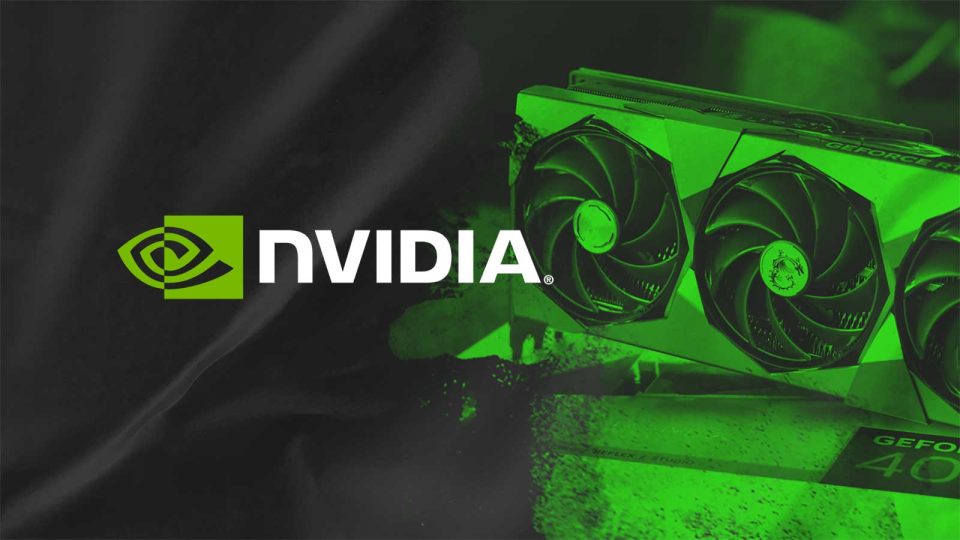At the NVIDIA GTC event, NVIDIA unveiled its latest innovation: bringing OpenUSD-based Omniverse enterprise digital twins to the Apple Vision Pro. The company announced a new software framework that enables developers to seamlessly transfer their Universal Scene Description (OpenUSD) industrial scenes to the NVIDIA Graphics Delivery Network (GDN).
This global network, equipped to stream advanced 3D experiences, now supports Apple Vision Pro. In a striking demonstration, NVIDIA showcased an interactive, highly detailed digital twin of a car, displayed in full fidelity on the high-resolution screens of the Apple Vision Pro. The showcase featured a designer utilizing a car configurator application from CGI studio Katana, navigating through various design options directly within the Omniverse platform. This marks a significant step in blending photorealistic 3D environments with the physical world through spatial computing.
Enhancing Immersive Experiences with RTX Cloud Rendering in Spatial Computing
Spatial computing has become a critical technology for creating immersive experiences that allow seamless interaction among people, products, and physical spaces. The technology demands high-resolution displays and powerful sensors that operate at substantial frame rates to ensure manufacturing simulations are as close to reality as possible.
The recently introduced workflow leveraging the Omniverse platform utilizes the groundbreaking high-resolution displays of the Apple Vision Pro, integrated with NVIDIA’s advanced RTX cloud rendering. This combination provides spatial computing experiences requiring only the device and an internet connection. Through this innovative cloud-based method, users receive real-time, physically accurate renderings directly to the Apple Vision Pro, ensuring the delivery of high-quality visuals without losing the integrity of large-scale, engineering-grade datasets.
the significance of combining Apple Vision Pro’s ultra-high-resolution displays with NVIDIA’s photorealistic renderings of OpenUSD content. He highlighted this synergy as unlocking unparalleled opportunities for the enhancement of immersive experiences, suggesting a transformative impact on how designers and developers create engaging digital content. – MIKE ROCKWELL, Vice President of the Vision Products Group at Apple
This innovative workflow introduces the concept of hybrid rendering, a revolutionary technique that merges local and cloud-based rendering. This allows for creating fully interactive experiences within a single application, using Apple’s SwiftUI and Reality Kit, while NVIDIA’s Omniverse RTX Renderer facilitates streaming from the Global Delivery Network (GDN).
GDN, with its presence in over 130 countries, leverages the company’s extensive cloud-to-edge streaming infrastructure to ensure smooth, high-fidelity interactive experiences. This system efficiently manages the computational demands of rendering, accommodating the most challenging scenarios irrespective of dataset size or complexity.
Rev Lebaredian, NVIDIA’s Vice President of Simulation, remarked on the Apple Vision Pro as the pioneering untethered device that empowers enterprise customers to achieve their visions without constraints. He expressed anticipation for users to leverage these exceptional tools.


